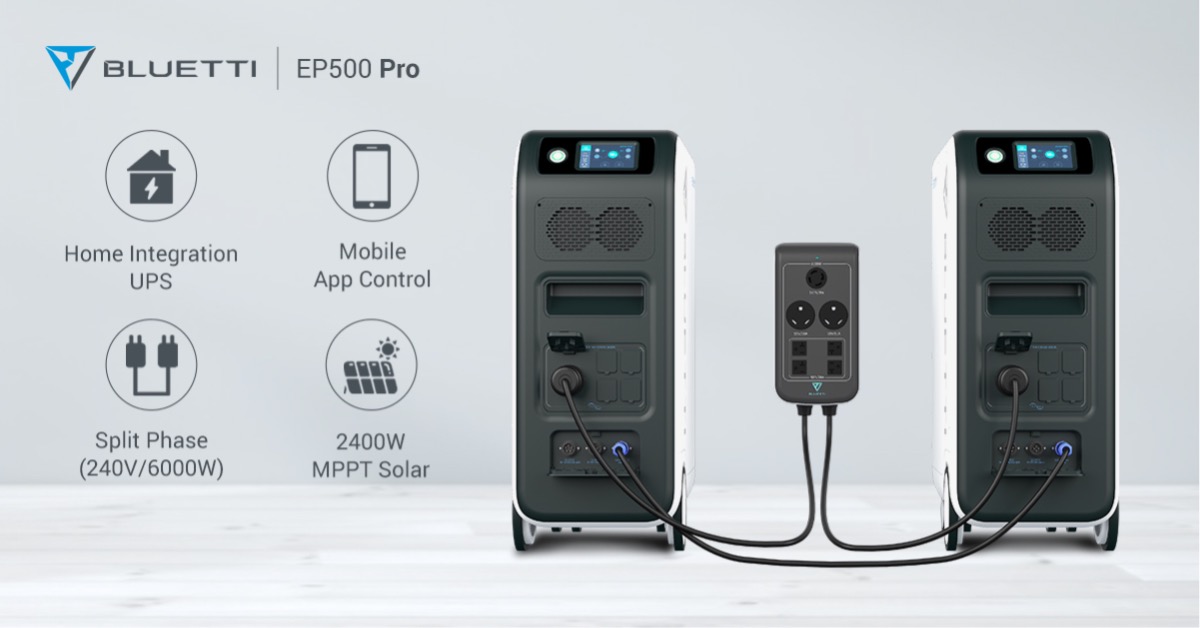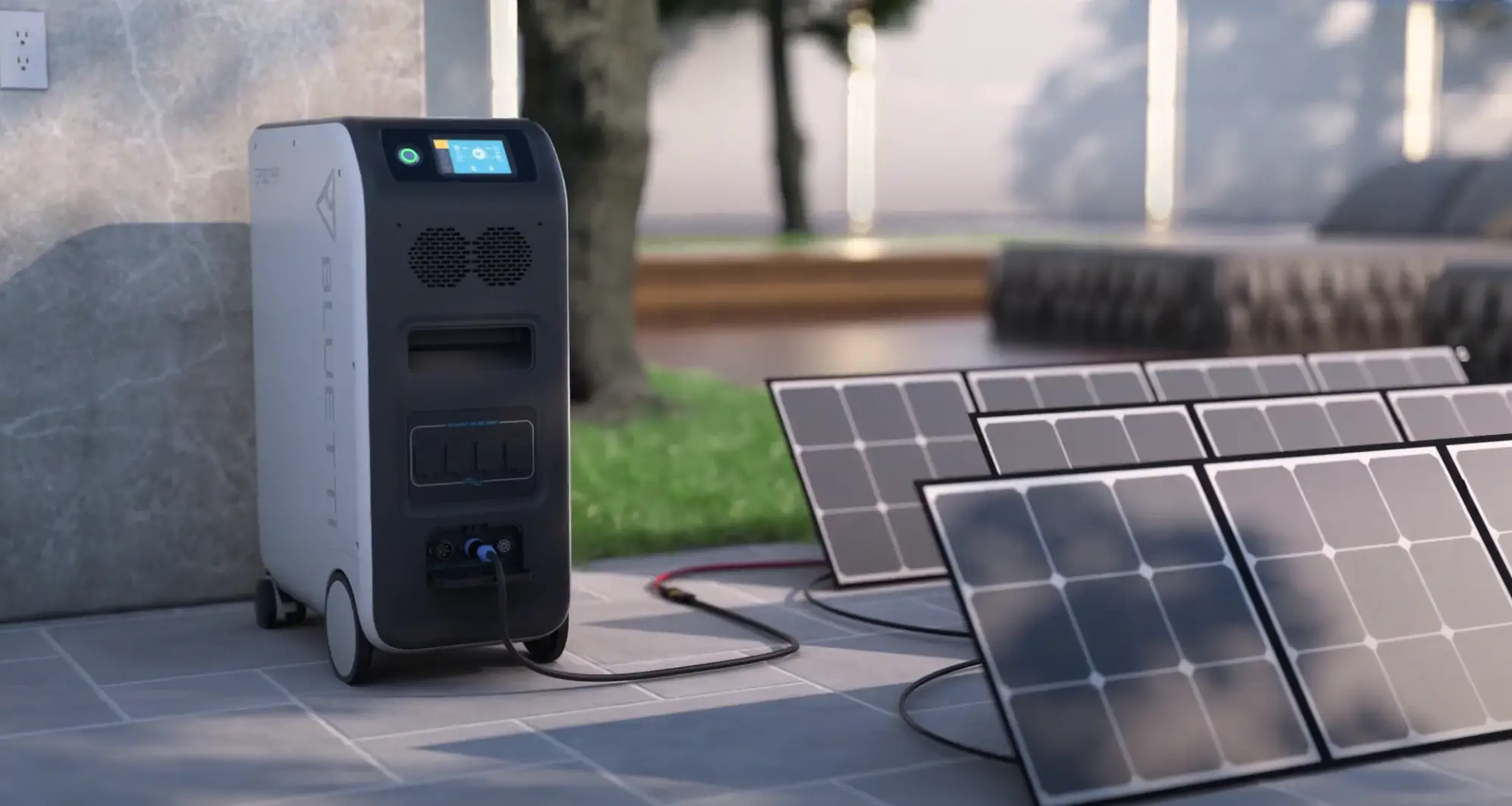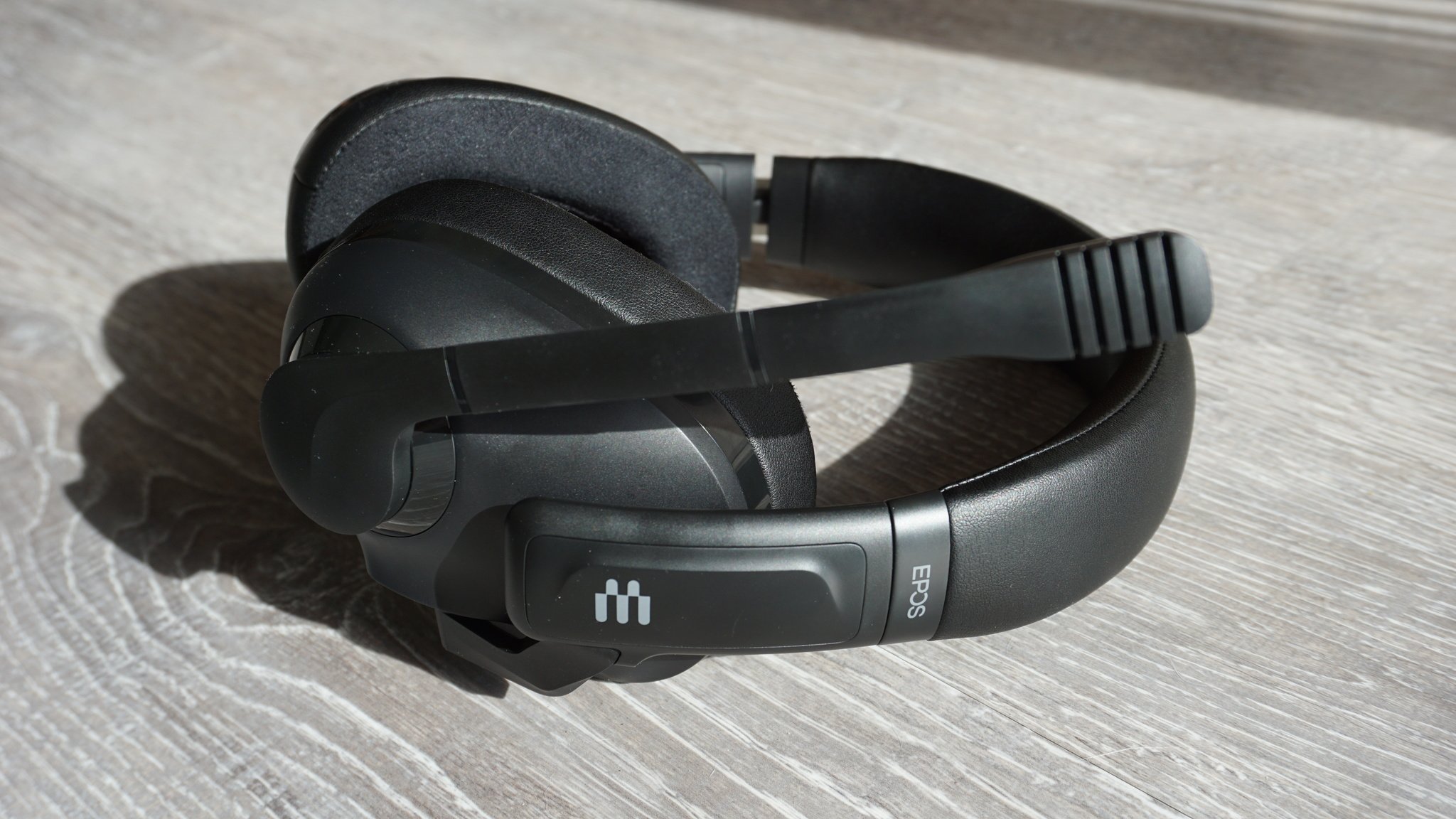Bluetti EP500 Pro vs Bluetti EP500 - taking power to the next level - Android
In recent weeks, we’ve seen quite a few new and impressive power stations launched. Bluetti is yet again leading the way with its EP500 and EP500 Pro, but if you’re in the market for a new power station, which one should you pick? When comparing the EP500 and EP500 Pro there are quite a few ...
The post Bluetti EP500 Pro vs Bluetti EP500: taking power to the next level first appeared on Phandroid.
In recent weeks, we’ve seen quite a few new and impressive power stations launched. Bluetti is yet again leading the way with its EP500 and EP500 Pro, but if you’re in the market for a new power station, which one should you pick? When comparing the EP500 and EP500 Pro there are quite a few similarities, but there are enough differences to turn this into more of a competition than you may initially think.
So let’s take a look at those differences to help you make your decision:
Bluetti EP500 Pro vs Bluetti EP500: Differences
| Bluetti EP500 Pro | Bluetti EP500 | |
|---|---|---|
| Battery Capacity / Chemistry | 5120Wh, LiFePO4 | 5120Wh, LiFePO4 |
| Continuous / Peak Power | 3000W / 6000W | 2000W / 4800W |
| AC Outlets | 4 x 120V / 20A, 1 x 120V / 30A | 4 x 120V / 20A |
| Solar Power Input | 2400W (1200W x 2) | 1200W |
| 30A Receptacle | 1 x NEMA L14-30 | N/A |
| Smart Phone Control | Yes | Yes |
| 24/7 UPS Integration Support | Yes | Yes |
| Fusion Box Specs | 4 x 120V/20A, 2 x 120V/30A, 1 x 120A/240V 30A | 6 x 120V/20A, 1 x 120V/240V 30A |
| 12V/30A Port | Yes | Yes |
| USB-C Port | 2 x 100W, PD 3.0 | 1 x 100W, PD 3.0 |
| Scalability | Yes | Yes |

As you can see from the chart above, both models sport a capacity of 5,120Wh, along with using the same LiFePO4 battery chemistry that Bluetti has integrated. Both of these also support smartphone controls, 24/7 UPS integration, and have a 12V/30A port. Plus, there are even some similarities in the plugs and ports that are being used.
For example, you’ll find four 120V/20A AC outlets on both models, along with one 100W Power Delivery 3.0 USB-C port. But once you start diving a bit deeper, it’s easy to see just how the EP500 Pro earns its “Pro” moniker.
The biggest difference between the EP500 Pro and EP500 comes in terms of the amount of continuous and peak power that it provides. The EP500 offers a respectable split of 2000W / 4800W, but the EP500 Pro takes it to the next level with 3000W of continuous power and 6000W of peak power. This is possible thanks to the built-in NEMA L14-30 30A receptacle, which provides all of the power you’ll need for whatever device you need to have up and running.

Speaking of receptacles and ports, the EP500 Pro’s Fusion Box is quite impressive in what it offers. Along with the four 120V/20A ports, you’ll find two more 120V/30A ports, along with a 120A/240V 30A receptacle. With all of these options, you’ll be able to plug in just about anything you can think of, and have enough power to keep things running for a few hours at the very least. And thanks to those dual 30A RV receptacles, you can make sure that everyone in the RV is comfortable and can make use of anything inside on that long-overdue camping trip.
Rounding out the ports, there is one more difference that will matter for those who live and die by the USB-C cable for your smartphones, tablets, laptops, and more. Instead of being limited to just a single 100W USB-C port, the EP500 Pro features two of these, so you won’t have to worry about only being able to use one for your laptop and then be relegated to slow charging for your phone or tablet.
Something else to consider when it comes to this power stations is how you’re going to re-charge them when the battery is tapped. Both the EP500 and EP500 Pro feature the ability to use solar charging, up to 1200W, but the EP500 Pro has another trick up its sleeve. Instead of being limited to using just one 1200W solar charger from Bluetti, the EP500 Pro can be connected to two of these solar charging kits at the same time, allowing you to re-charge the battery twice as fast.
Bluetti EP500 Pro vs Bluetti EP500: Is it worth going for the Pro?

There is one more consideration to have before making your final decision between the EP500 and EP500 Pro, and that’s the price. Currently on Kickstarter, the EP500 can be pre-ordered for $3,159, while the EP500 Pro can be had for just $4,099. We know that “just” likely isn’t the perfect word in this instance, but when you look at these two power stations side-by-side, how could you not want to spring for the EP500 Pro?
Bluetti knocked it out of the park with the EP500 Pro and while the standard EP500 will be more than enough for many, the EP500 Pro provides all of the power you could possibly want in a power station. Want to use it as a backup power source for your PC? You can do so with ease. Do you want the ability to re-charge it faster using solar panels? No problem. If you want the most robust and powerful power station, then the EP500 Pro is a no-brainer.
If you’re interested in grabbing the EP500 Pro for yourself but are concerned with Kickstarter projects? We would recommend that you don’t worry about that, as Bluetti has absolutely destroyed its goal and there are more than 30 days left before it ends. Hit the button below to go back the EP500 Pro so you can get one for yourself when it launches in August.
The post Bluetti EP500 Pro vs Bluetti EP500: taking power to the next level first appeared on Phandroid.
20/04/2021 12:10 PM
Horizon Zero Dawn is now free on PS4 + PS5
20/04/2021 03:00 AM
Sony Alpha engineers explain why the Xperia 1 III camera is so good
20/04/2021 02:49 AM
Poco X3 Pro review - The go-to budget gaming phone
20/04/2021 10:53 AM
EPOS H3 headset review - Not quite next-gen
20/04/2021 07:01 AM
The new Apple TV 4K gets a revamped remote and A12 Bionic chip
20/04/2021 07:34 PM
Google Photos Lets You Organize Photos And Videos Offline
20/04/2021 09:38 PM
Arturia gives its Pigments super synth a massive free update
20/04/2021 06:33 PM
- Comics
- HEALTH
- Libraries & Demo
- Sports Games
- Racing
- Cards & Casino
- Media & Video
- Photography
- Transportation
- Arcade & Action
- Brain & Puzzle
- Social
- Communication
- Casual
- Personalization
- Tools
- Medical
- Weather
- Shopping
- Health & Fitness
- Productivity
- Books & Reference
- Finance
- Entertainment
- Business
- Sports
- Music & Audio
- News & Magazines
- Education
- Lifestyle
- Travel & Local







